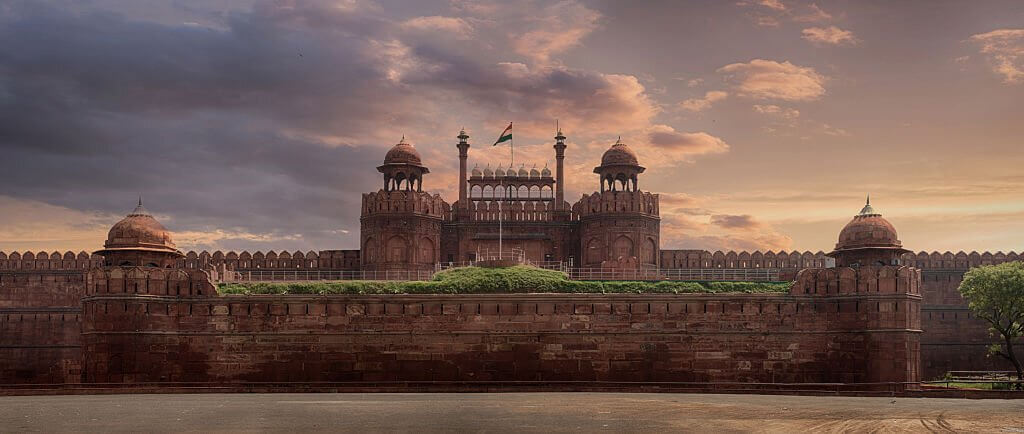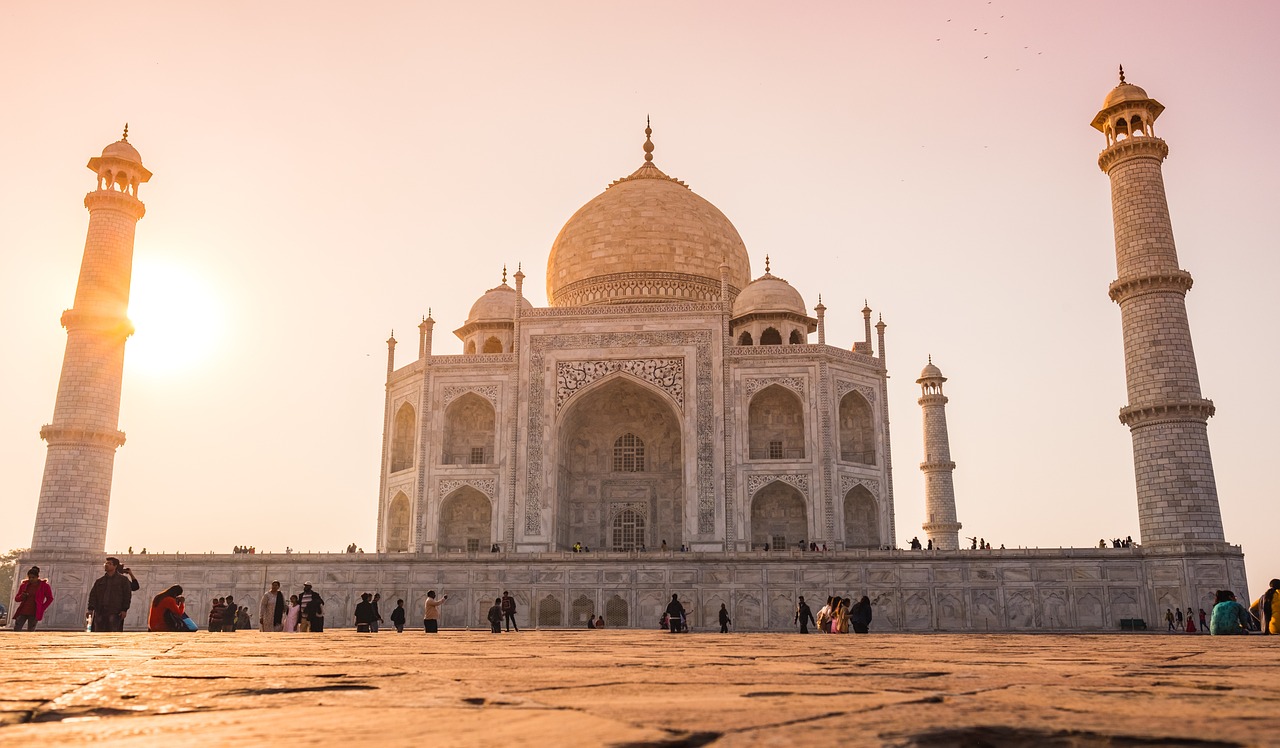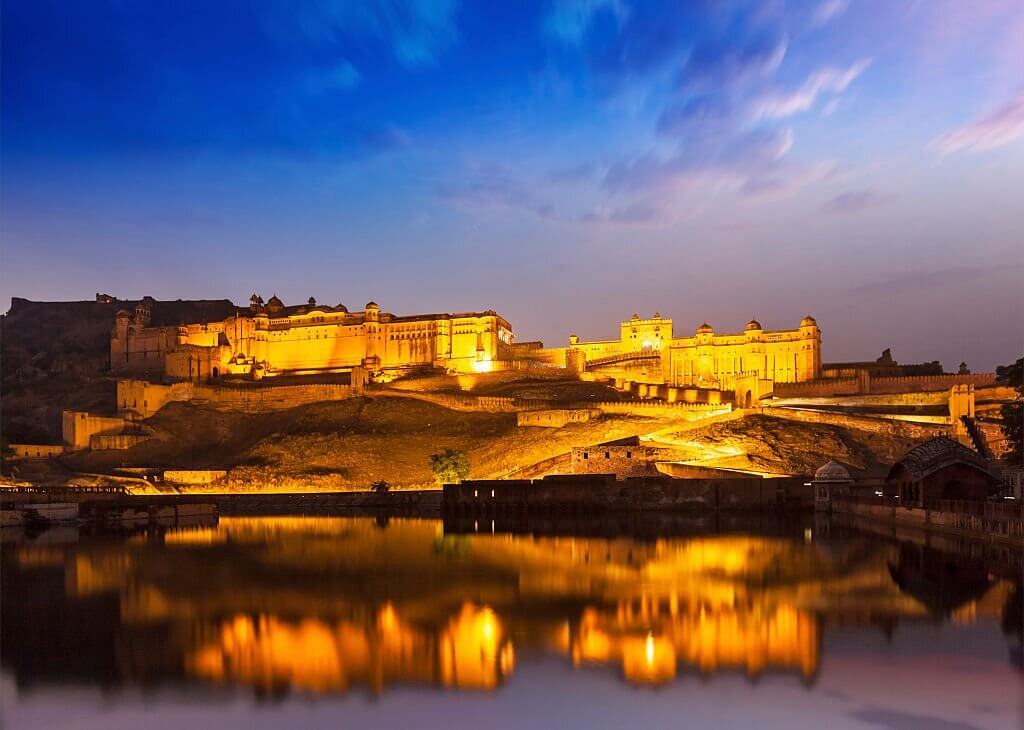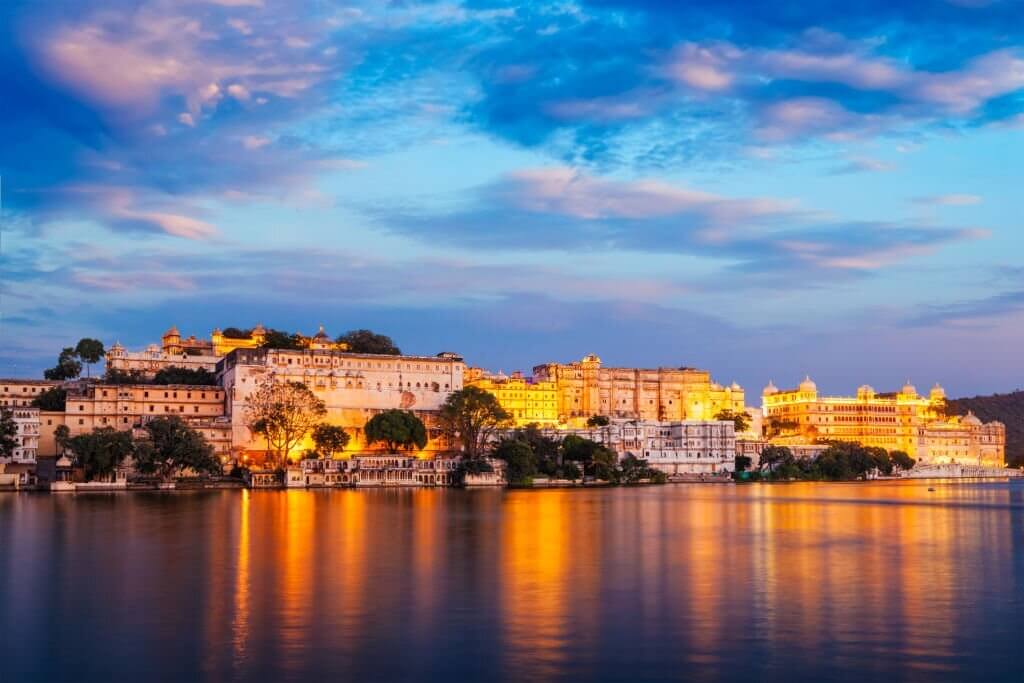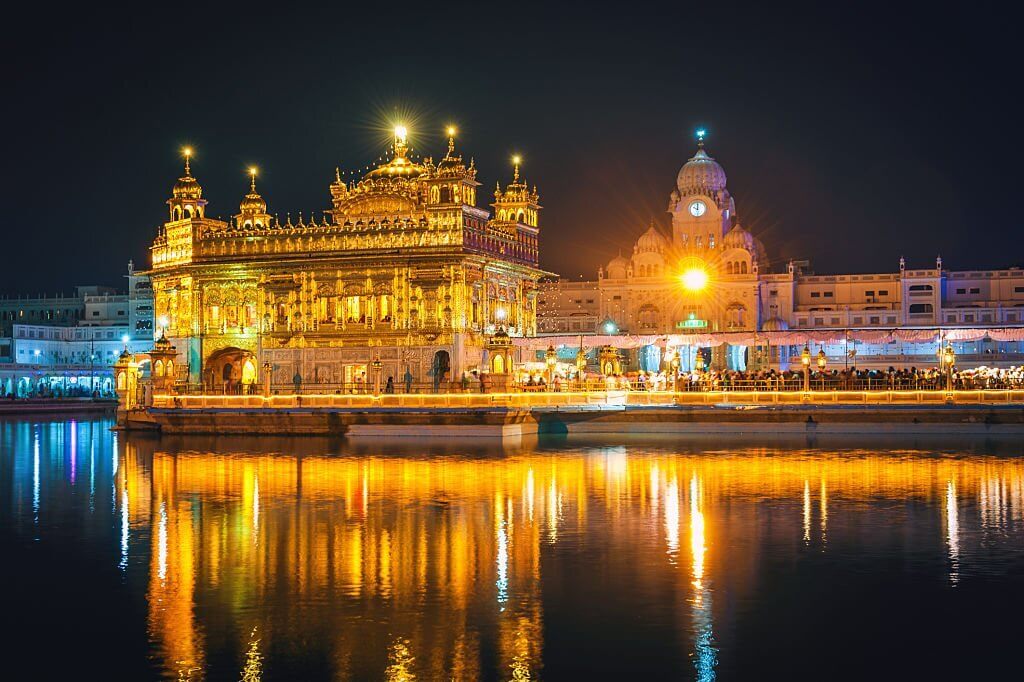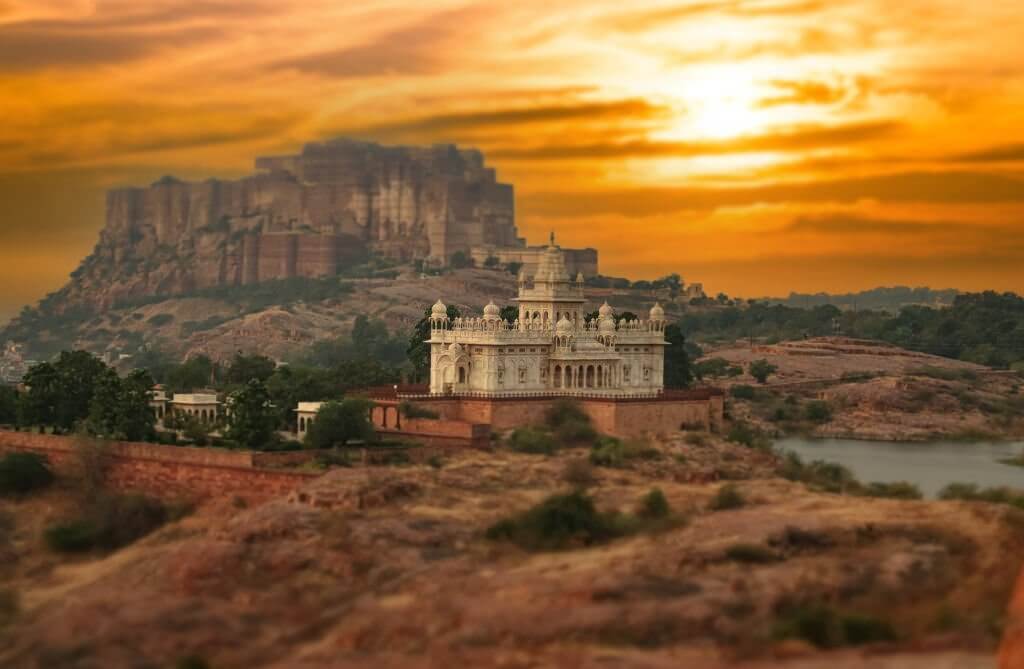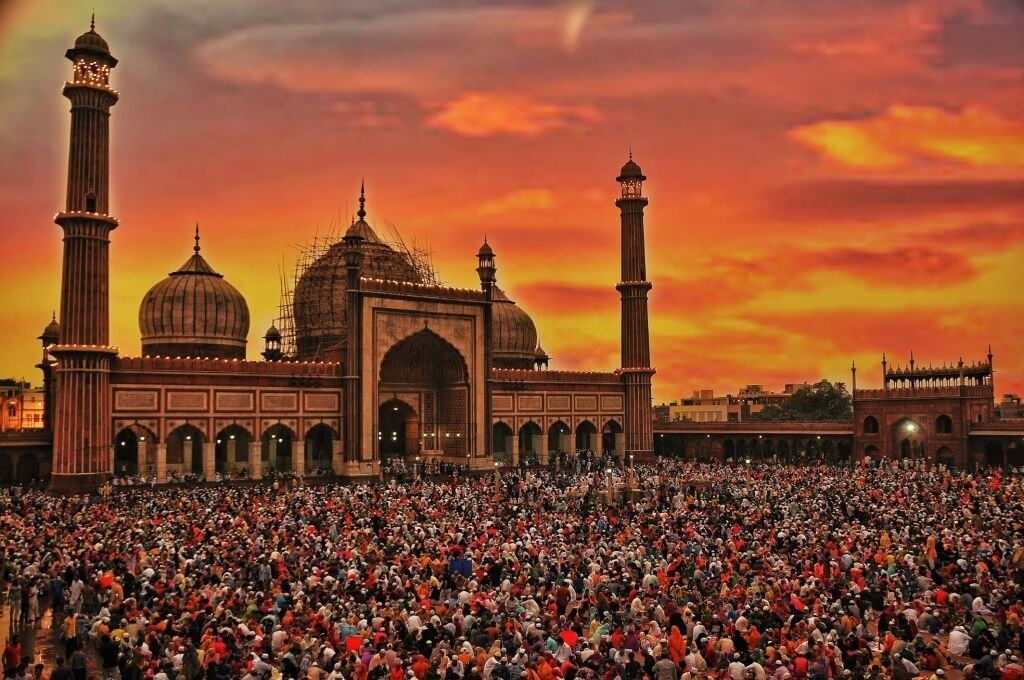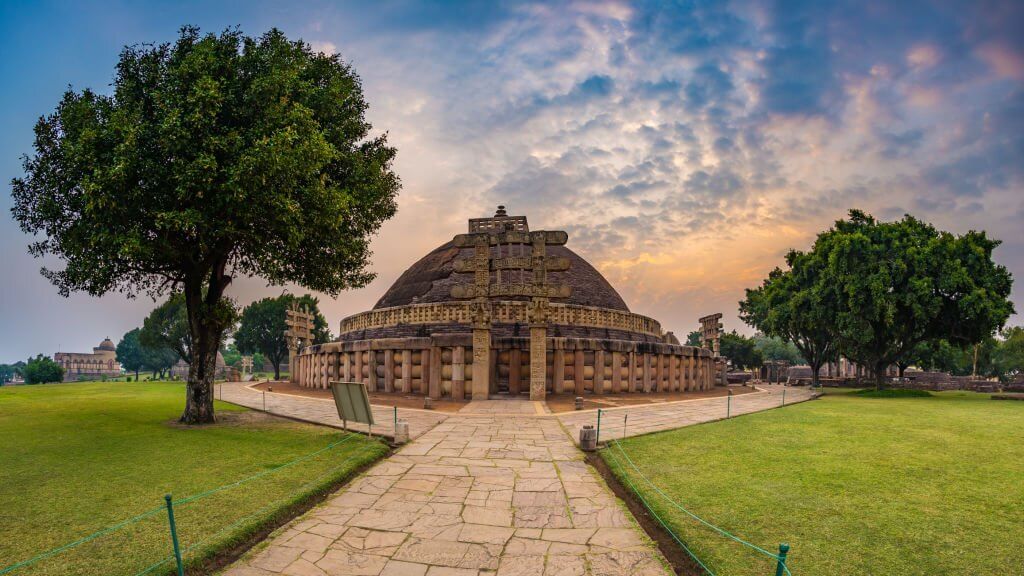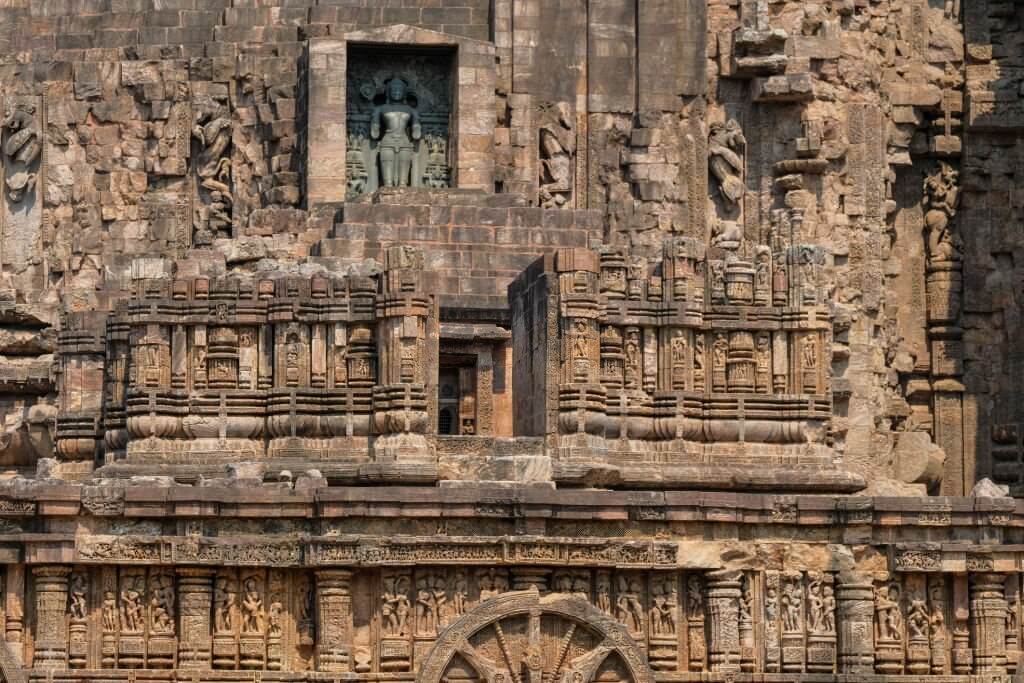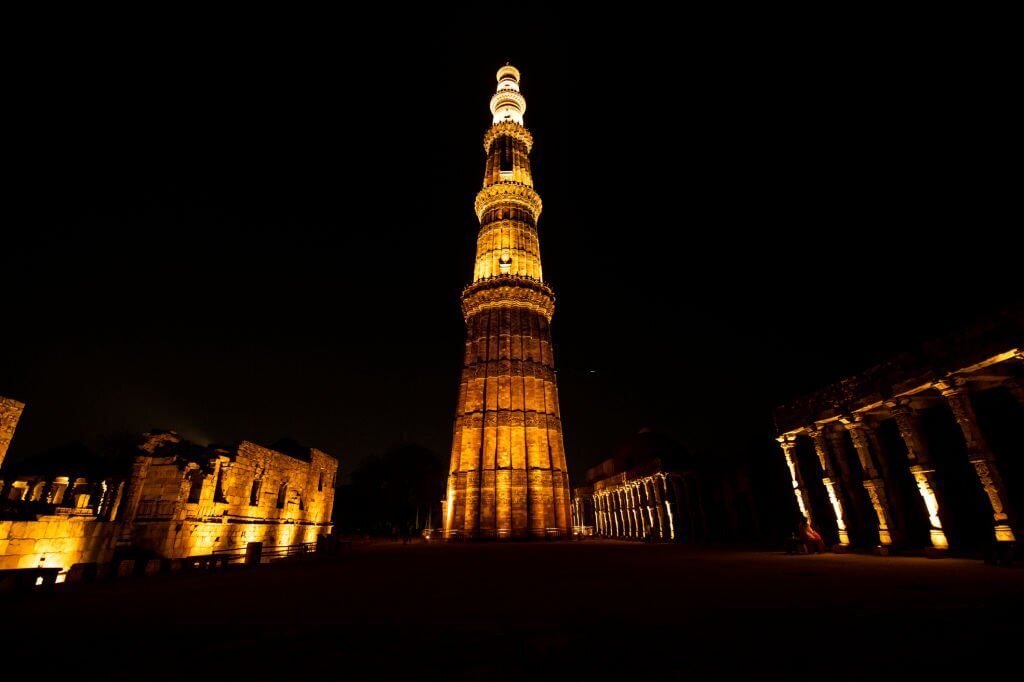
03 minutes read
Qutub Minar
Qutub Minar is a UNESCO World Heritage Site located in New Delhi, India. It is a towering monument and a prime example of Indo-Islamic architecture, known for its intricately carved sandstone and marble details.
History
Qutub Minar was constructed in the early 13th century by Qutb-ud-din Aibak, the founder of the Delhi Sultanate, and later completed by Iltutmish, his successor. It stands as a symbol of victory and power, built using the ruins of 27 Hindu and Jain temples. The minaret is a testament to the rich history of Delhi and the architectural prowess of the time.
Best time to visit
(March to June) : Visiting Qutub Minar during the summer months can be hot and uncomfortable, with temperatures often exceeding 40°C (104°F).
(July to September) : While the monsoon season brings relief from the heat, it can be wet and humid, so travel plans may be disrupted due to heavy rainfall.
(October to February) : The best time to visit Qutub Minar is during the winter months when the weather is cool and pleasant, with temperatures ranging from 7°C to 20°C (45°F to 68°F). This is the ideal time for exploring the historical site comfortably.
How to reach
The nearest airport to Qutub Minar is the Indira Gandhi International Airport, located in New Delhi. It is well-connected to major cities in India and around the world, making it a convenient option for air travelers.
The New Delhi Railway Station is the primary railway station serving the city. From there, you can hire a taxi or take the Delhi Metro to reach Qutub Minar. The Qutub Minar Metro Station is also nearby.
Qutub Minar is well-connected by road and is easily accessible by taxi, auto-rickshaw, or private vehicle. It is situated in the Mehrauli area of New Delhi, which is well-connected to the rest of the city.
